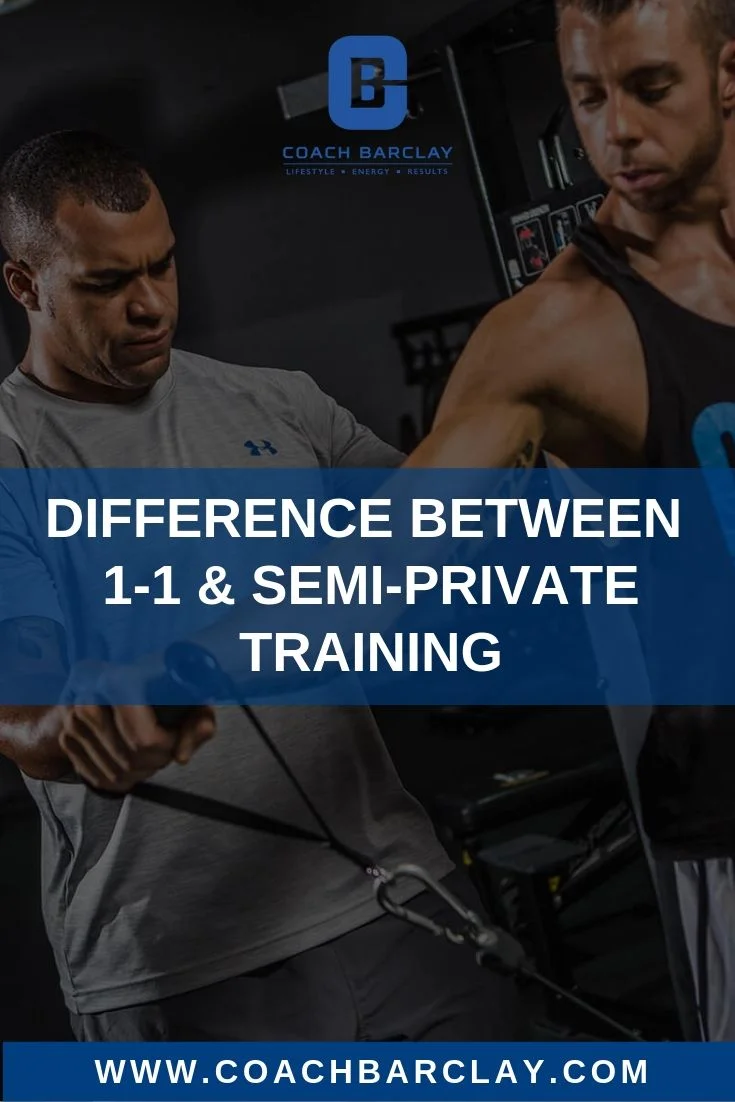Summer Body Checklist
It’s nearly that time again! Summer is on its way and it’ll be time to hit the beach before we know it (we’re hoping!). While we patiently wait, now’s a good time to get everything ready before the sun comes out, While it’s always ideal to be ready early, sometimes life gets in the way.
If you’re behind schedule, or you haven’t started yet, fear not; Check out my summer body checklist to help you prepare to look your best for the beach, BBQ’S and summer holidays just around the corner!
#1 SET A GOAL
Before you start, you need to set a goal. You need to know what you want to achieve, when by, and most importantly, why.
Knowing your 'why' is the single most important element to goal setting and motivation.
Going through a weight/fat loss journey isn’t easy. When you’re dieting and training hard, and fatigue starts to kick in, knowing your ‘why’ is what will stop you reaching for the bars of chocolate, or hitting snooze on your alarm before your morning cardio.
Your ‘why’ could be anything. It could be as simple as ‘I just want to look and feel better’; to something a little deeper in your personal life that has triggered a need for change in you. Whatever it is, write it down and stick it on the fridge to remind you from falling off track.
Once you know your ‘why’, set a goal according to the SMART (Specific, Measurable, Achievable, Relevant, Time) principal. Just saying you want to ‘lose some body fat’ is a recipe for a wayward diet and zero progress.
A better goal for this summer would be:
‘I want to lose 14lbs (specific) of body weight in the next 12 weeks (measurable, achievable, time) so I can take my top off on the beach in Jamaica (relevant).’
#2 CLEAN UP YOUR NUTRITION
Nutrition for weight/fat loss is dead simple. You just need to consume fewer calories than you need and you will lose weight. While simple on paper, consistent execution is what’s difficult. That’s why I like to make nutrition advice super simple for clients.
If you’re new to this and want a kick-start in weight/fat loss, I recommend starting with the low carb option. The basic premise of it is to follow a diet high in protein, vegetables and moderate amounts of healthy fats for anywhere between 14 to 21 days.
Why does it work so well?
- Gets your initial ‘buy-in.’
An initial 2-week low carb period can reduce body fat from anywhere between 2-4%. This is great for motivation, building excitement and creating focus for the weeks ahead.
- Simple to Follow
As long as a calorie deficit is in place, and protein requirements are met, there’s no difference between a low, moderate or high carb diets.
What matters is what you can stick to in the long run and what’s easy to follow. For many of my clients who are busy working mums/dads juggling a family with no time to think about nutrition, a low carb diet is easy to prepare and follow in the beginning.
- Improved Insulin Sensitivity
Short periods of low carb eating can have a beneficial impact on insulin sensitivity so that when we do re-introduce carbs (which we will) later in the diet, we can handle them more efficiently.
Carbs aren’t the enemy, but if you’ve been following a typical Western diet, you’ve likely been eating far too many carbs that a little ‘reset’ would be beneficial. Once you’ve cleaned out your fridge, cupboards and bought plenty of meats, fish and vegetables, you now need to work out how much you need a day. To make it super easy, follow my Portion Control Guide: https://linktr.ee/coach_barclay
#3 START TRAINING PROPERLY
There’s numerous ways you can set this up, and it depends too much (lifestyle, stress, availability, etc.) on the person to give an exact prescription.
But let’s say you’re someone who can only train three days a week. If this is you, you’ll want to start with three full body sessions to begin with.
The basic principles will apply:
Train 3 times per week
Focus on compound, multi-joint movements. Leg Press and deadlifts are in, wrist curls and kickbacks are out!
Strict rest intervals of 30-60 seconds
Keep reps in the 8 to 15 rep bracket
Alternate between upper- and lower-body, or opposing movements.
#4 BE MORE ACTIVE
Start being more active in your day-to-day life.
You can start walking the kids to school, taking the stairs instead of lifts, walk to the shop instead of driving, start walking to the station instead of driving the car, start taking phone calls on the go instead of at the desk, etc.
A good idea is to set a daily step goal that you work towards every day. I like to encourage clients to aim for 10,000 to start with. Having this in mind will encourage you to be active all the time.
#5 CONSISTENCY IS KEY
All the best plans in the world mean nothing without consistency. If you want to be in the best shape for summer, you need to stay consistent throughout the process. This means shifting the balance of your life so that training and nutrition becomes a high priority and aligns with your values.
Also during the process, you should be using a few select health markers to judge your progress on a weekly or biweekly basis.
Here are my staples:
Bodyweight
Pictures (take front, back, side every 4 weeks)
Circumferences (take waist, hips, chest, thigh at the very least)
Body fat calipers (if you have access to them)
The method in which you measure should be taken consistently to provide the most accurate feedback because it’s this that will govern how you make changes to your nutrition and training.










Write a line about the post (don’t copy the title)